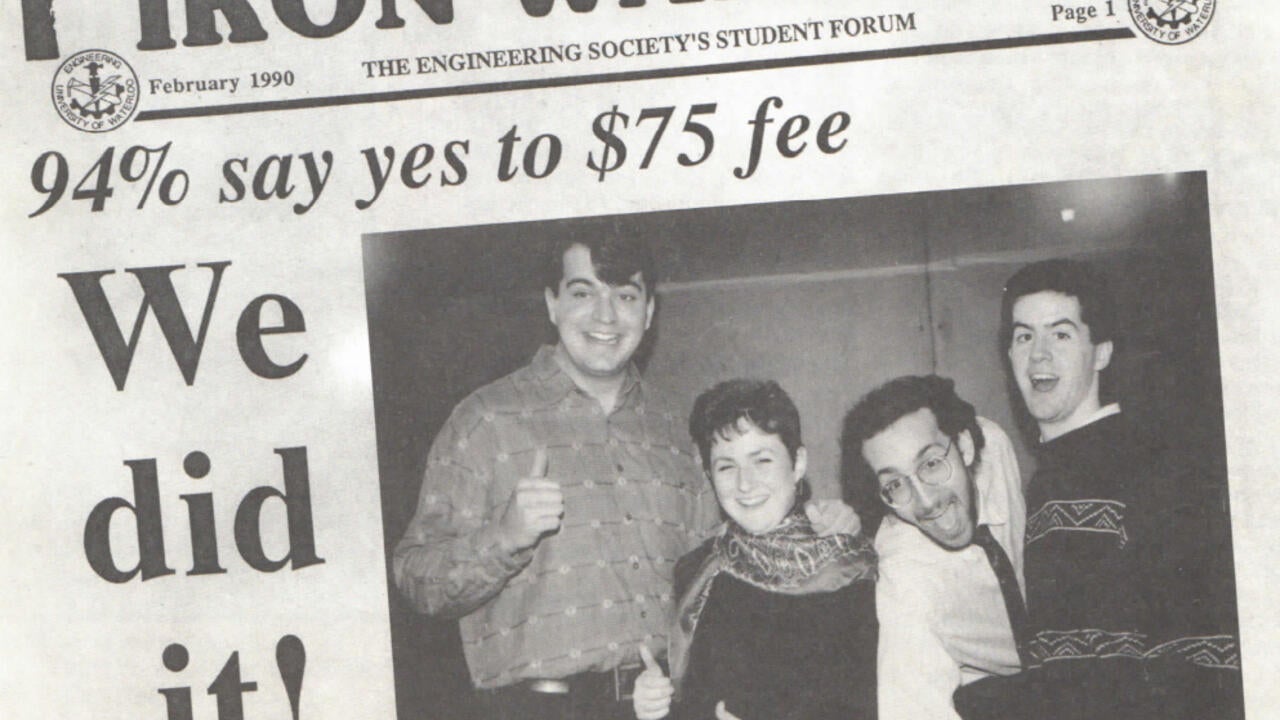
WEEF hits $20 million!
Co-founders take a look back at how it began

Co-founders take a look back at how it began
By Angela Pause Faculty of EngineeringIt’s September 1989. Two fourth-year engineering students are sitting in POETS drinking $2 beers.
Avi Belinsky (BASc ’90, electrical engineering) is regaling John Vellinga (BASc ’91, systems design engineering) with tales of his most recent co-op experience at Microsoft in Seattle.
He recounts how the young Princeton interns on his team had boasted of their well-equipped university labs stocked with the latest systems (Intel had just released the 80486 microprocessor) thanks to Princeton’s generous endowment fund founded in 1745 by 10 men pledging £185.
By the time Vellinga heard about Princeton’s endowment fund 245 years later, it had grown to over $7 billion dollars with hundreds of millions of dollars in interest invested back into the university each year.
It was no wonder the university had world-class labs and banks of up-to-date computers and monitors, then a hot commodity as students did not own personal computers, recalls Belinsky.
As the beers flowed, Belinsky and Vellinga figured Waterloo Engineering was just as good as the Ivy League engineering school, except Waterloo lacked the budget for cutting-edge equipment.
In those days, the Faculty's annual equipment budget was a paltry $200,000, roughly $409,000 in 2021 dollars.
With government funding cut to the bone during those recessionary times, engineering students constantly complained about the lack of resources.
The two young men concluded that the Faculty should start its own student endowment fund and, at that moment, the Waterloo Engineering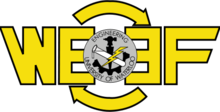 Endowment Foundation (WEEF) was born.
Endowment Foundation (WEEF) was born.
Finishing their beers, they walked to the nearest computer lab in Carl Pollack Hall and sketched out a detailed draft of a student-run and funded endowment that would see each student voluntarily contribute $75 per term – $132 in today’s dollars.
Like Princeton’s fund, compound interest would eventually grow enough for equipment purchases and to financially support student success in other ways.
It was a far-seeing strategy designed to help students of the future as the early contributors would see nothing of their investment or the interest earned.
After a quick rubber stamping from the Senate and Board of Governors (who knew a good thing when they saw it), Vellinga, then EngSoc president, and Belinsky, acting as his de facto campaign manager, held two student referendums to pitch WEEF to both streams of students.
It was a resounding success with 95 per cent of students voting in its favour. WEEF was now official.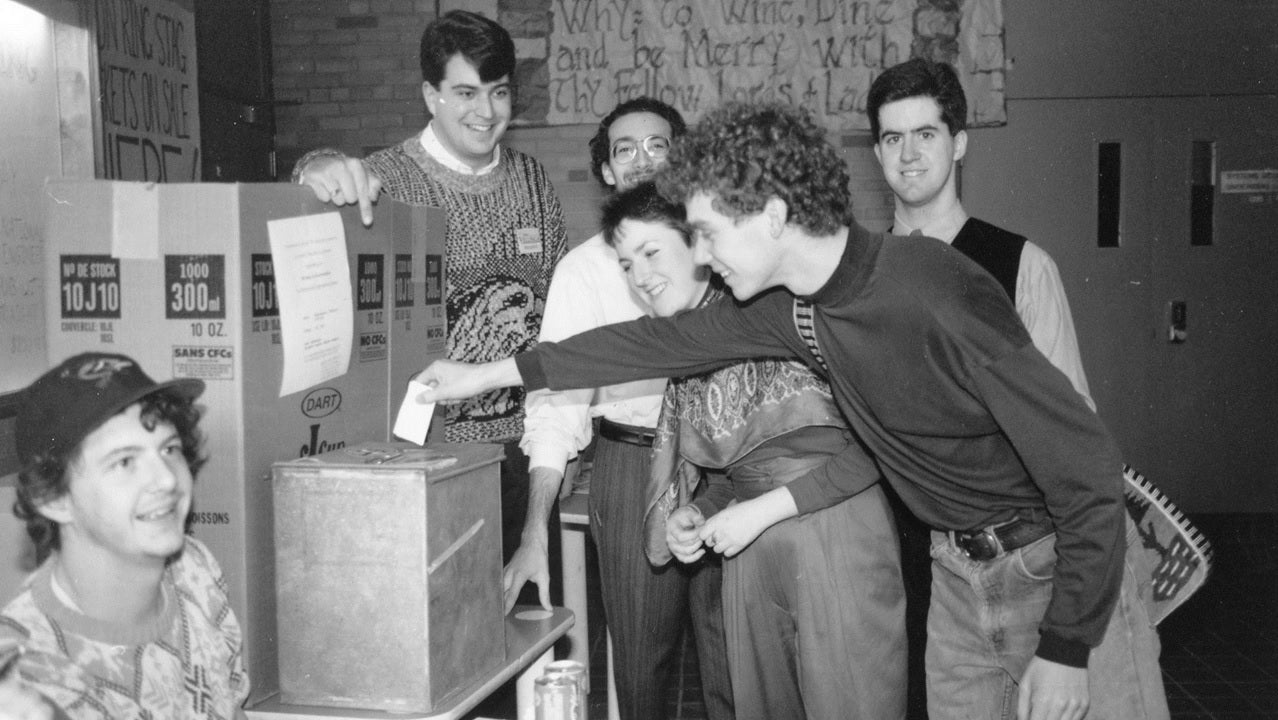
WEEF co-founder John Vellinga, second from left, watches as students vote in favour of the endowment fund.
Remarkably, three decades later the endowment has reached $20 million. All of those small $75 contributions added up to a significant amount of which the interest is then directed toward enhancing the educational experience of Waterloo Engineering students.
A critical ingredient to the Faculty's success, WEEF has funded the purchases of many significant – and necessary – pieces of equipment engineering students have put to good use over the years.
As the first student-funded and run endowment fund in Canada, WEEF has been repeatedly emulated by other schools.
“I remember thinking at the time, if not us, then who and if not now, when?” says Belinsky, now retired from a successful career at Microsoft. “We also were so young and stupid we didn’t know how hard it would be to do, so we just did it.”
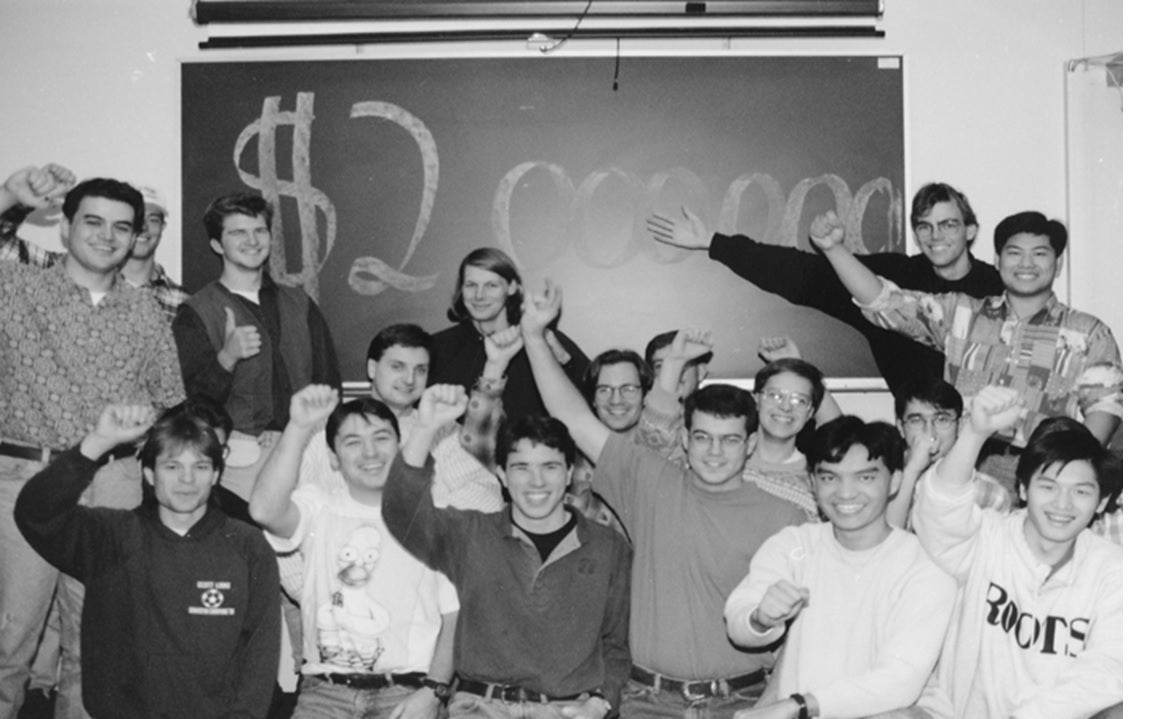
Students celebrate WEEF hitting $2 million.
Vellinga, who maintains a close connection with Waterloo Engineering, notes that WEEF along with its student class reps who brought funding proposals forward for consideration were instrumental in creating a bridge between administration and students.
With WEEF’s presence and growing purchasing power, students and administration became partners in funding, creating a shared vision for student success.
Each funding cycle sees multiple department requests along with student proposals. It’s become a strategic – and necessary – symbiotic partnership.
Included in Belinsky and Vellinga’s farsightedness was developing a robust constitution with bylaws for WEEF that have needed almost no updating over the years. Funds collected and distributed follow strict but expansive guidelines, the most important of which is not touching the principal to ensure maximum efficiency.
An exception was made in the mid-2000s after WEEF sought permission to take $1 million from the fund's principal to help pay for the building of Engineering 5.
The WEEF board consulted Vellinga about its financial strategy to use various funding models to grow the $1 million investment to $4 million.
The enormous benefit of Engineering 5’s student design centre made it a sensible investment and matched the vision the two students discussed in POETS back in 1989 – to give Waterloo Engineering students every advantage that the Ivy Leaguers had and more.
Today, the Sedra Student Design Centre is the only one of its kind in North America and, along with the WEEF Student Machine shop, it’s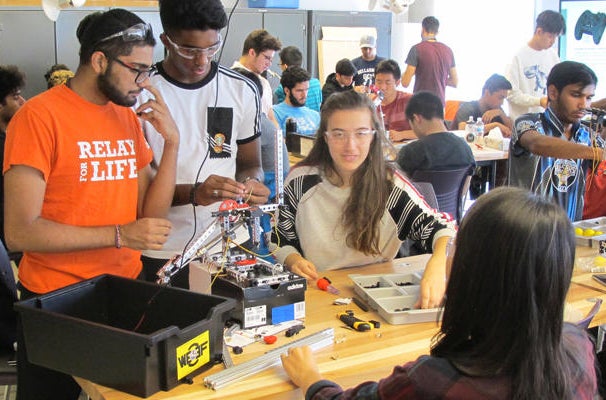 among the most beloved spaces on campus.
among the most beloved spaces on campus.
Over the last year, WEEF has funded $480,000 worth of equipment, student team and department requests across all engineering programs, as well as the School of Architecture.
WEEF has funded everything from lab equipment to Lego kits.
A good portion of the money went to upgrading lab equipment to help with remote learning and safer on-campus use because of the COVID-19 pandemic.
But WEEF is also for the more esoteric purchases – a proposal for four Lego Mindstorms Robot Inventor Kits was approved because it too will make a difference to the student experience.
For the last three decades, WEEF has not only given engineering students access to world-class labs and equipment it has also given students something perhaps more valuable – an opportunity to be strategically philanthropic and support future engineering experiences like the thousands of students before did them.
As Vellinga says, “WEEF is the gift that keeps on giving.”
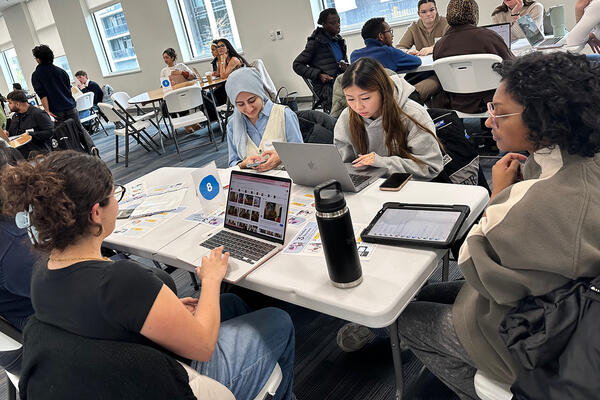
Read more
Redefining capstone learning by bringing students, faculty and community partners together to tackle real-world challenges
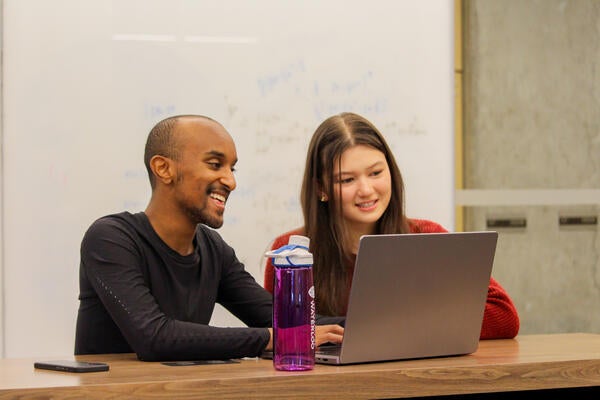
Read more
Waterloo student launches Colare through co-op and entrepreneurship programs to reimagine recruitment for engineers

Read more
Fourth-year Global Business and Digital Arts student leverages artificial intelligence to fight food inflation, saving families up to $5,000 each year
The University of Waterloo acknowledges that much of our work takes place on the traditional territory of the Neutral, Anishinaabeg, and Haudenosaunee peoples. Our main campus is situated on the Haldimand Tract, the land granted to the Six Nations that includes six miles on each side of the Grand River. Our active work toward reconciliation takes place across our campuses through research, learning, teaching, and community building, and is co-ordinated within the Office of Indigenous Relations.